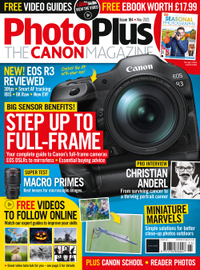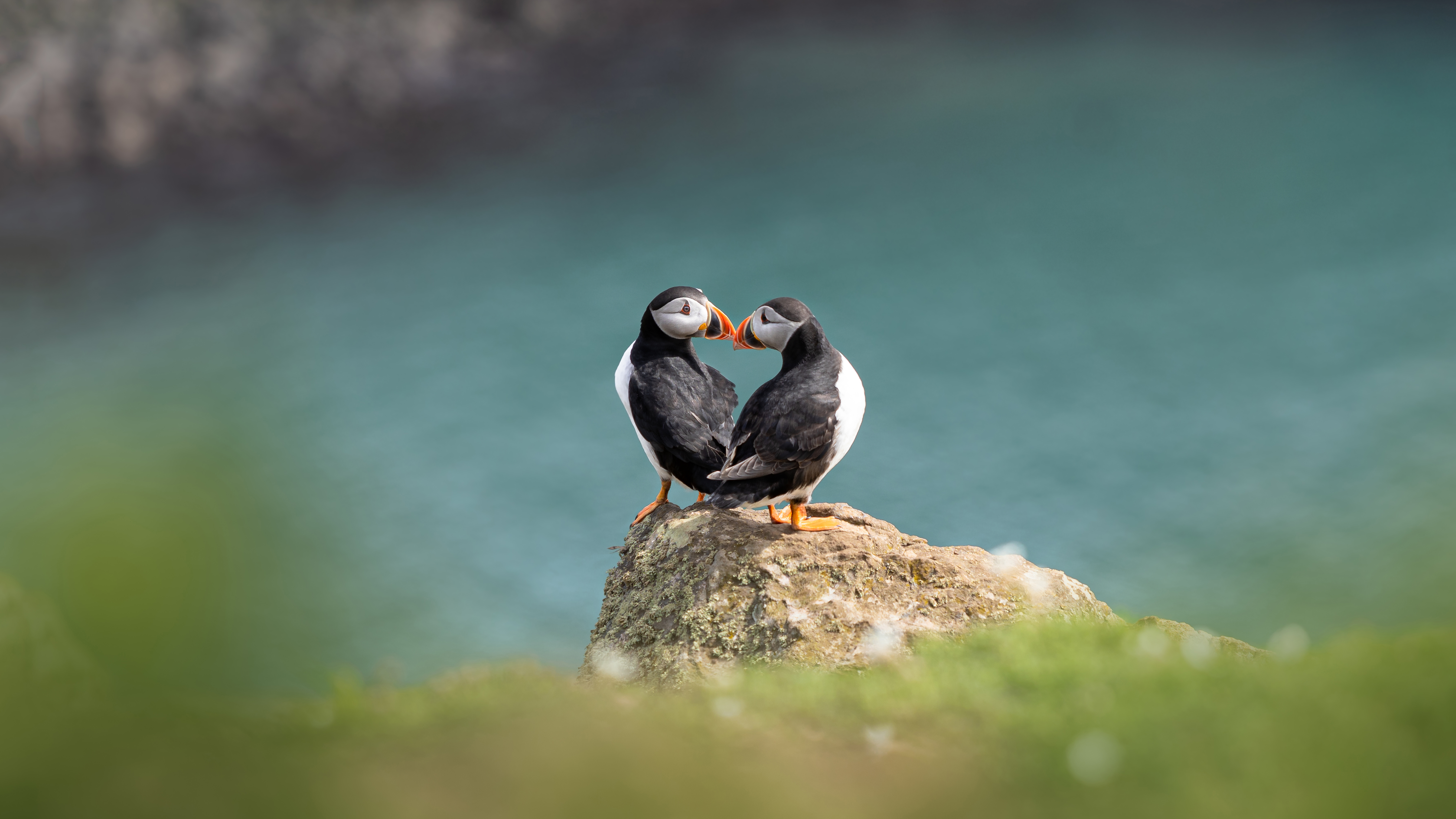
We often hear about the negative impacts of using social media but, for photographers like Sam Hazell, platforms such as Instagram can foster a real sense of community. Sam has built a following of people who share his love of the natural world by exploring, shooting and sharing his images of the serene landscapes and wildlife in Devon, England.
He uses an EF-mount telephoto lens on his Canon EOS R6 to create artistic wildlife portraits, where the subjects are the center of attraction and partly obscured by their surroundings. Over the years, photography has become Sam’s sanctuary – and now he’s keen to use his platform to help others with anxiety to develop their skills.
We caught up with him to talk about settings and subjects, and staying motivated during failure.
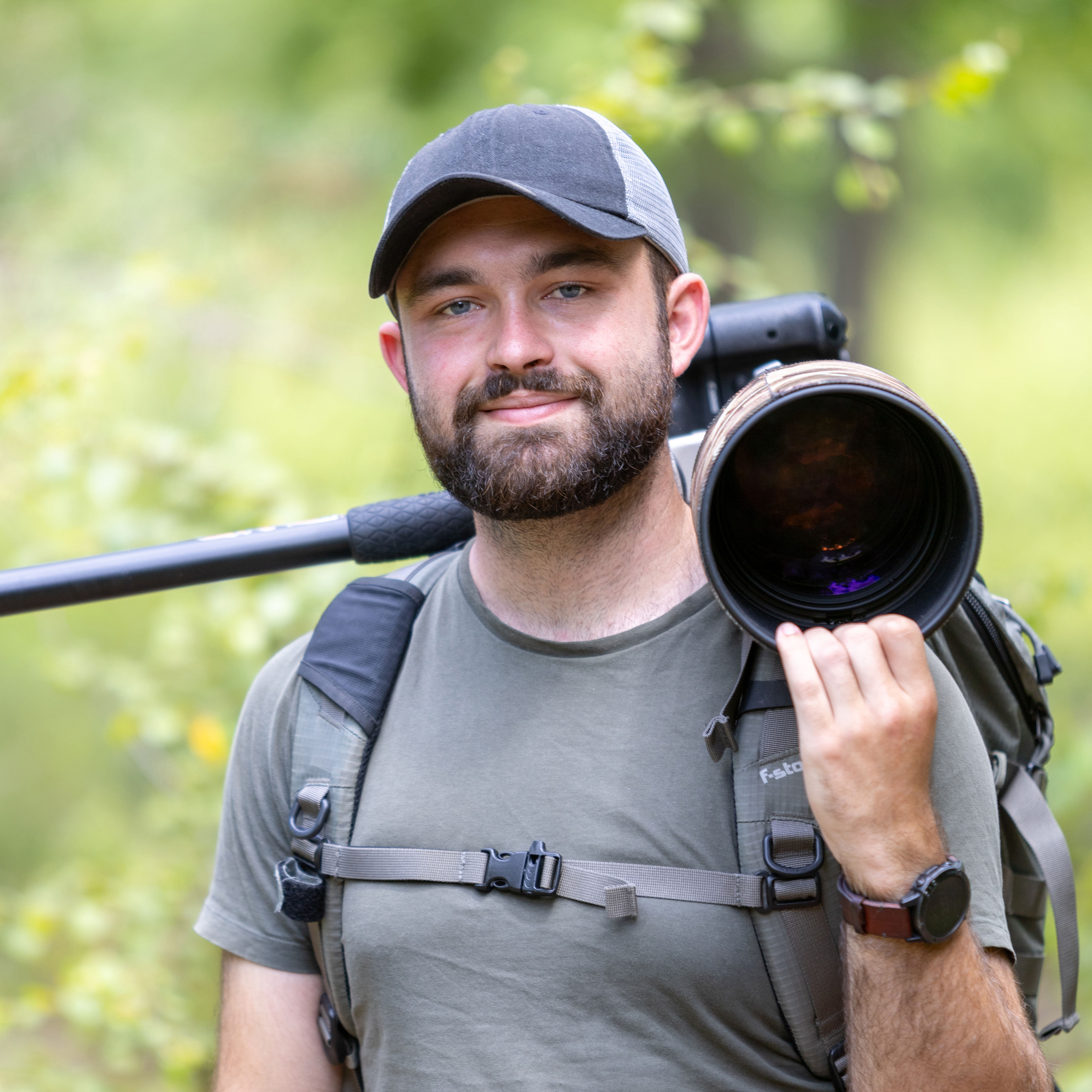
Sam Hazell is a qualified outdoor instructor and spent his early life teaching people in nature. Based in Devon, UK, he splits his time between wildlife photography and marketing for an outdoor equipment company. Sam is passionate about being in nature for his mental health and loves the sense of calm that photographing UK species can bring. He's had work featured by BBC Springwatch, Sigma and Canon.
What does photography look like for you?
I work in marketing for a small independent company that sells outdoor equipment. I help promote the company and create video and photo content, which has led to working with brands like RAB and Fjällräven.
In more recent years, photography has become not only a job but also a haven. I found that while struggling with anxiety and depression, wildlife photography helped clear my head and keep me calm. I would go as far as to suggest that wildlife photography saved my life, helping me overcome many of the challenges I was facing.
What do you love most about wildlife photography?
I hope I can say a few things here. The first is the people I meet both online and in person. I love people coming to talk to me and ask about my work or what I’m hoping to see when out in the field. It’s always inspiring to see people get excited about the natural world, and share stories and experiences with them. I also love the support the wildlife photography community shows online.
Next is how it makes me feel, and the outlet it has given me to express myself and also help myself. Being present and experiencing moments others may not get to enjoy. When I get to spend time with wildlife, I get an incredible sense of pride and fulfillment. It’s lovely to sit and enjoy nature and feel fortunate for the world we have around us. Life can get busy, but these moments of quiet help keep me grounded.
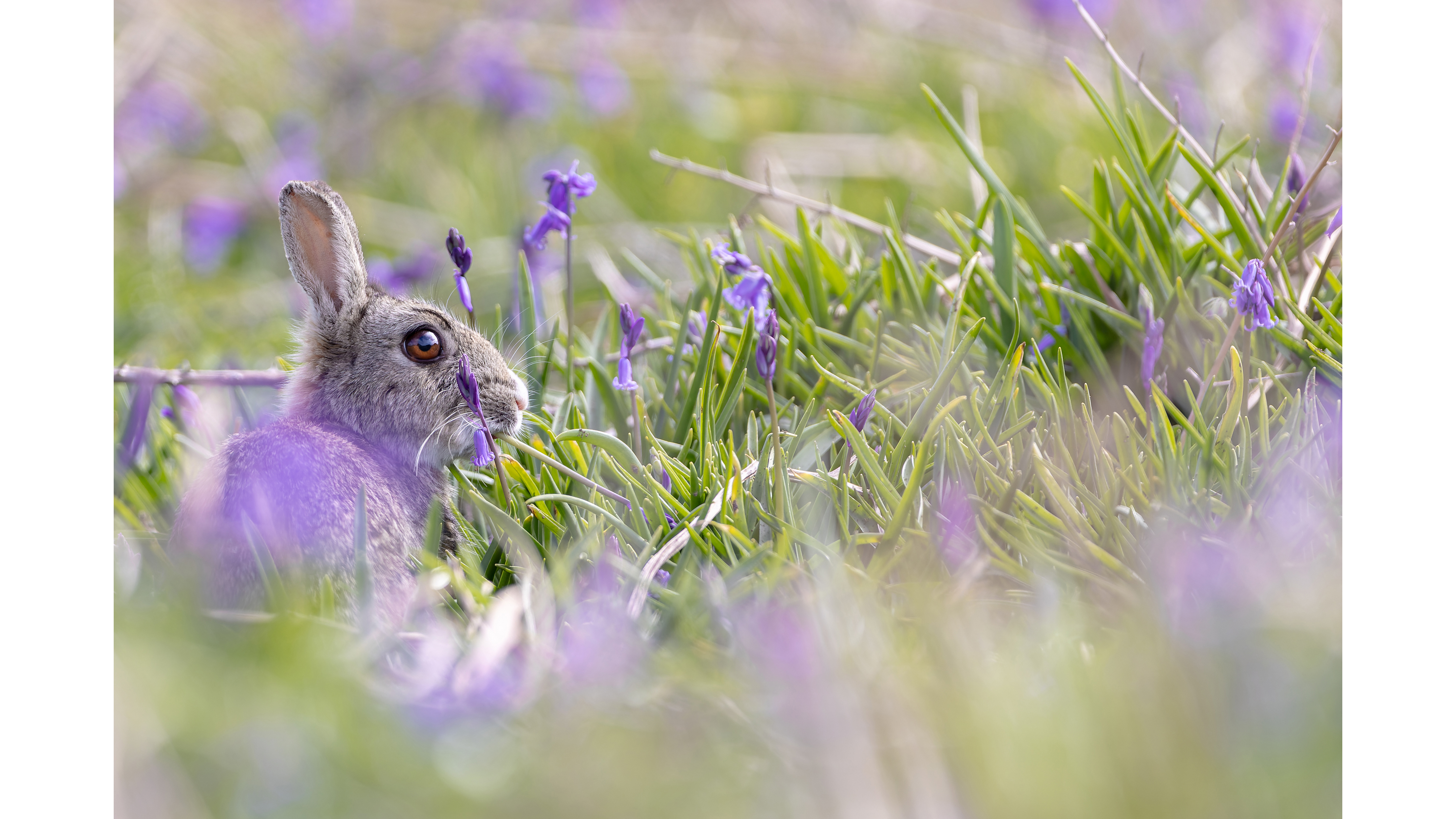
And what do you find the most challenging?
Finding the subject and coping with failure. There can be a lot of missed opportunities, long walks with no results, and even dry spells when it comes to wildlife photography. On social media, it’s easy to think that every evening I am out capturing beautiful moments with my camera but this isn’t the case. I can often go for months without seeing anything or getting an image I feel is worth sharing. It happened recently when I spent three days searching for a dipper with no results.
This can be tough, and retaining the motivation to get up early and head out can be a struggle. However, I have found that commitment reaps rewards and if you are patient, positive and persistent, you will get that shot you’ve been waiting for. I would urge people to fall in love with the process, the early mornings, the late nights, the failures and the blurry photos. Try to focus on getting out just for the photo. It makes the failures less devastating
and keeps you motivated.
When an animal has been photographed many times before, how do you approach it?
I try to capture moments people haven’t seen before or edit them in a way others wouldn’t. I like to use the foreground to frame my subject and experiment with light. I always shoot at 500mm, even if I can get closer. I really like the effect and compression this gives me. We live in a world where photography is very accessible, so I think finding a style and experimenting with light, composition and tools that weren’t around 10 years ago helps.
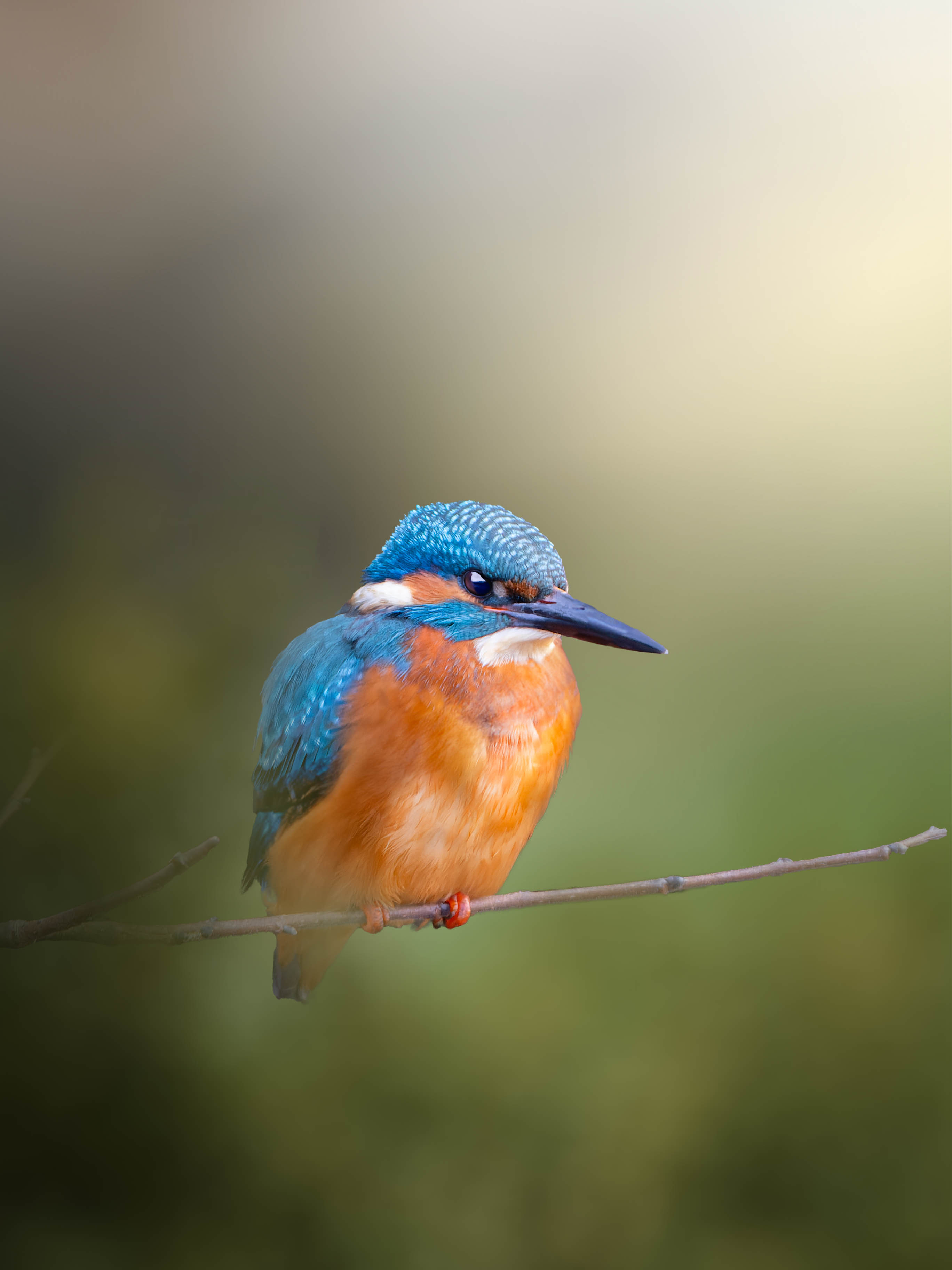
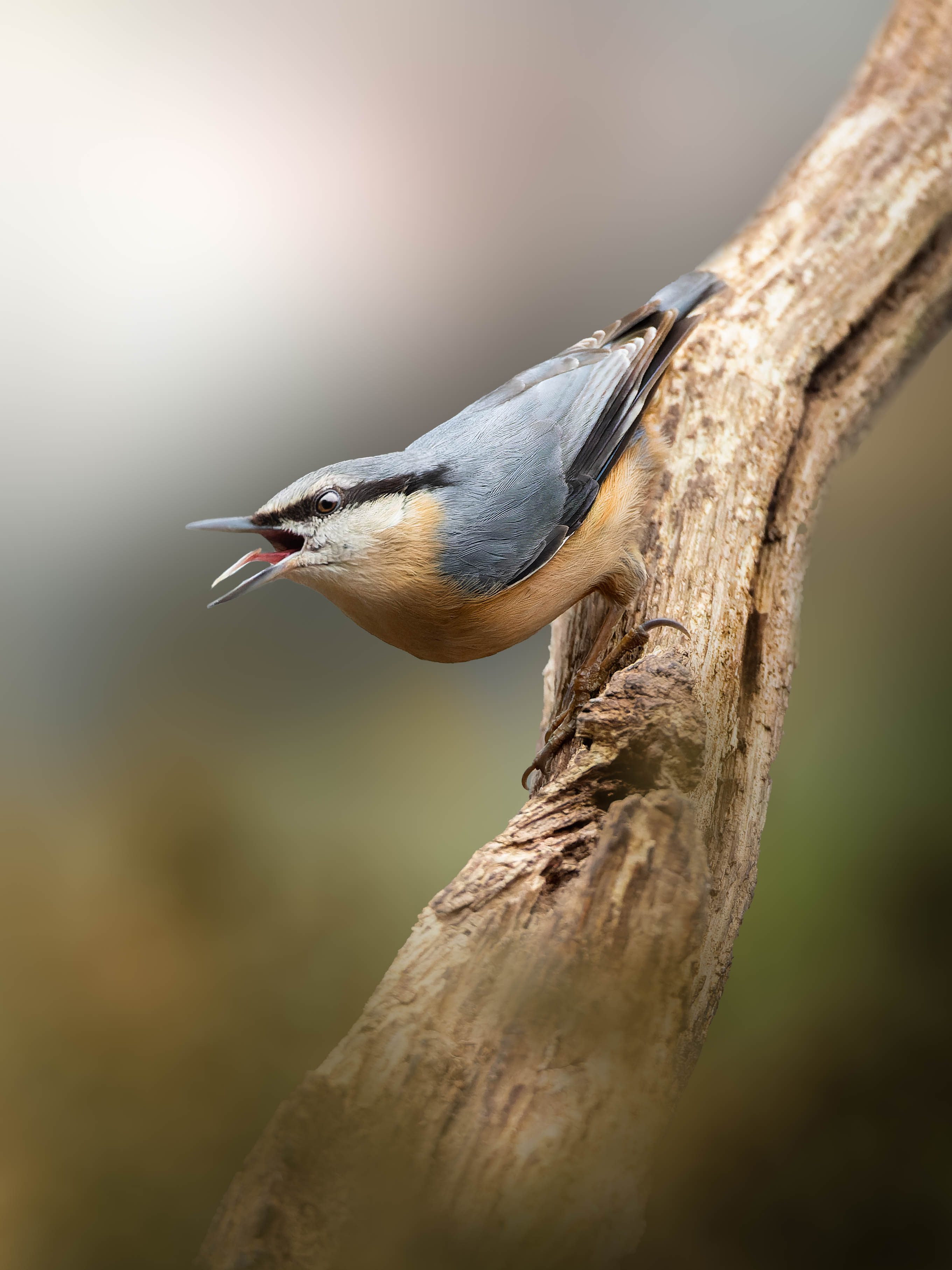
You must use some long lenses for your portraits.
I shoot on a Canon EOS R6 with battery grip and either a Canon EF 500mm f/4L IS USM prime lens or a Sigma 150-600mm f/5-6.3 DG OS HSM Sports 014 lens. This is probably quite a popular setup, but one piece of kit I use that I don’t see as much and am certainly pushing is a monopod. I use a 3-Legged Thing Trent monopod for my setup.
Have you always used Canon cameras?
I started with a Panasonic Lumix G and then moved to a GH5. However, I moved to the R6 on its release day as I had always loved Canon. It was a big jump to leave the Lumix ecosystem and pick up a new camera and lenses, but I’m glad I did. My R6 has been a reliable workhorse, and moving from a cropped sensor to full-frame was a big deal, and allowed me to create images closer to the ones I had hoped for. The full-frame sensor also gives a smoother bokeh effect, which has become more important to my style.
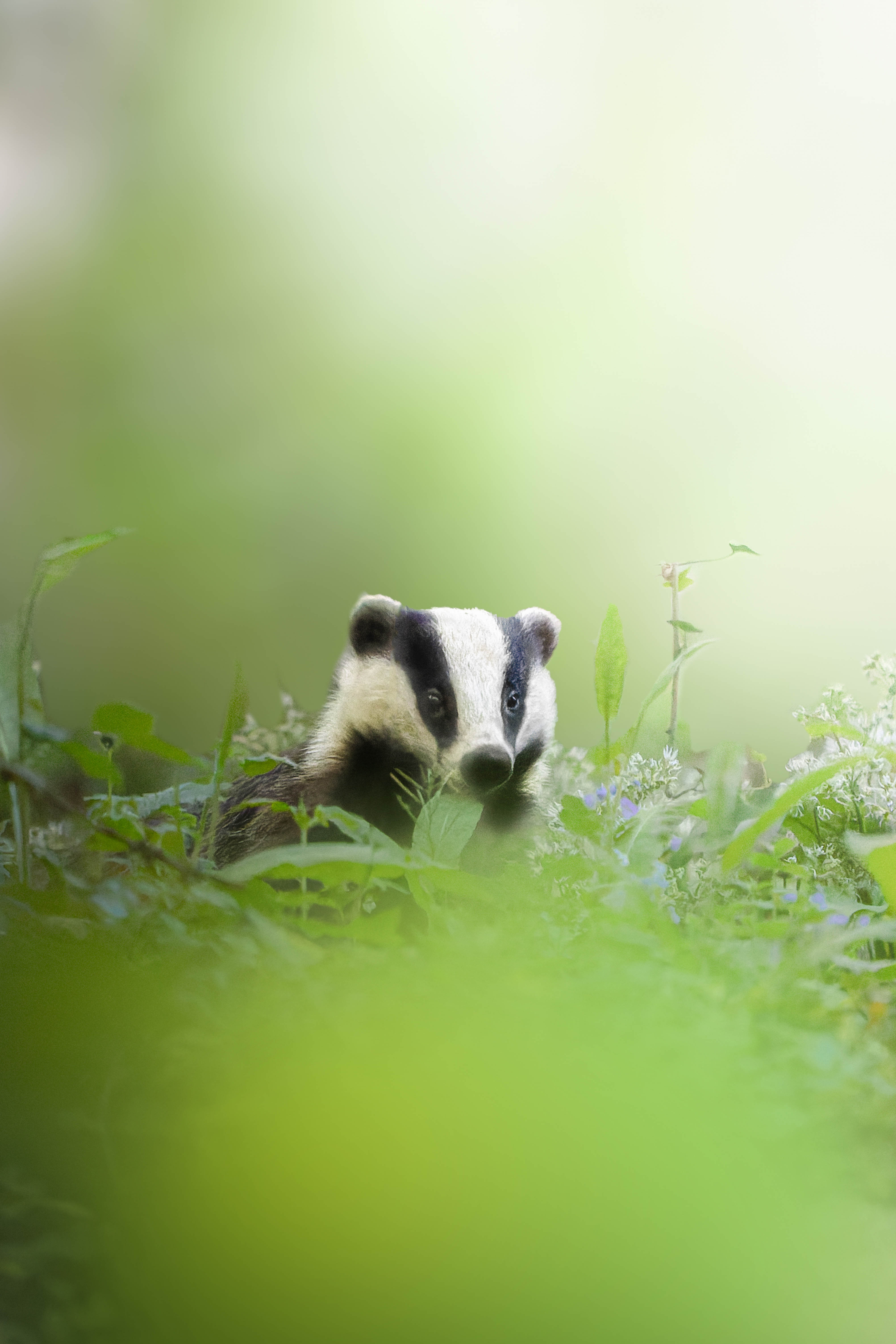

What role do social media in general and Instagram play in your photography?
A big role. I post every other day and it’s where I make most of my connections and display my work. I have been lucky enough to work with brands such as 3 Legged Thing and had photos featured by Canon UK, Sigma UK and the BBC. Although social media gets a bad rap, I really think it can be an amazing tool. Although I have received some frustration and trolling on social media for my work, 99% is positive. You may imagine it to be a competitive area, but people are so willing to help.
Your Instagram profile mentions that there’s no use of AI. What are your thoughts on AI and how it’s shaping the industry?
When AI arrived, I was worried people would assume mine was made that way because of my artistic approach. I wanted to highlight that I still go out and capture my images in the wild. I was worried the wildlife industry would be saturated by fake images from people who hadn’t moved from their desks, so I wanted to separate myself from that. However, I don’t think this has been an issue so far.
AI has a place in photography. The tools that have come out recently with Adobe are amazing and can really help elevate images. However, I don’t think it should take away from the skill and patience it takes to create the images you see on wildlife accounts.
A longer version of this interview originally appeared in Issue 212 of Photo Plus magazine. Click the link below to see our latest special subscription deal!
PhotoPlus: The Canon Magazine is the world's only monthly newsstand title that's 100% devoted to Canon, so you can be sure the magazine is completely relevant to your system. As a subscriber, you’ll enjoy big savings on shop prices and the convenience of having every issue delivered hot off the press. Every issue comes with downloadable video tutorials too.
Take a look at the best cameras for wildlife photography, along with the best lenses for bird and wildlife photography.
Get the Digital Camera World Newsletter
The best camera deals, reviews, product advice, and unmissable photography news, direct to your inbox!
PhotoPlus: The Canon Magazine is the world’s only 100% Canon-focused title on the newsstand. Launched in 2007, for 14 years it has delivered news, reviews, buying guides, features, inspirational projects and tutorials on cameras, lenses, tripods, gimbals, filters, lighting and all manner of photography equipment.
Aimed squarely at enthusiast photographers who use the Canon DSLR or mirrorless camera systems, all content is tailored to Canon users – so everything from techniques to product tests are tailored to those using the EOS camera system.
Editor Peter Travers brings 14 years of experience as both a journalist and professional photographer, with Technique Editor Dan Mold shoring up the magazine with his 6 years of expertise.
